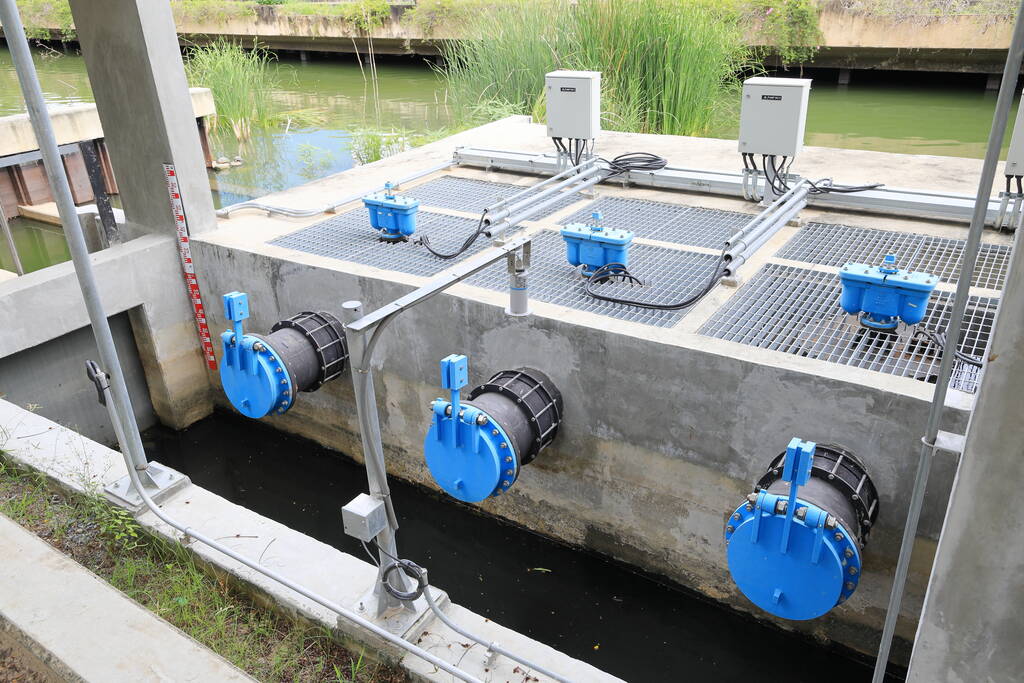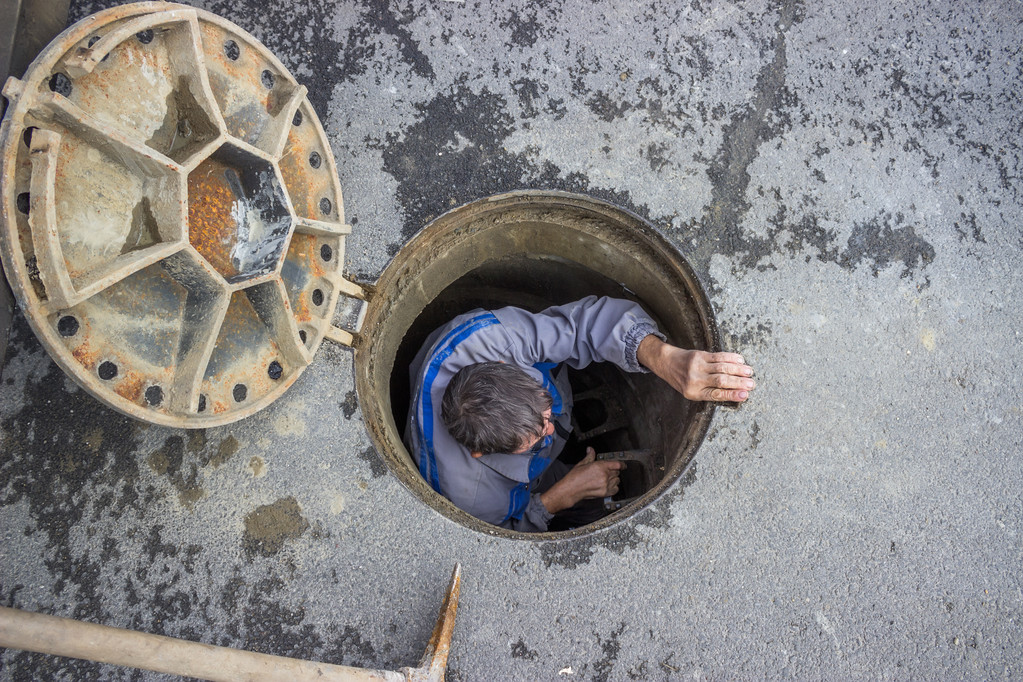Water damage can wreak havoc on homes and properties, causing structural damage, mold growth, and the loss of personal belongings. Effective and timely water damage cleanup is essential to minimize the extent of the damage and prevent long-term consequences.

This article explores the importance of water damage cleanup, the steps involved in the process, and preventive measures to mitigate future risks. By understanding the significance of swift action and employing professional assistance, homeowners can restore their properties and ensure a safe and healthy living environment.
Understanding the Importance of Water Damage Cleanup: Water damage poses serious risks to both the structure and inhabitants of a home. When left untreated, excess water can seep into walls, floors, and ceilings, leading to weakened foundations, rot, and the growth of mold and mildew. These issues not only compromise the structural integrity of the property but also pose health hazards to occupants. Mold spores can trigger allergies, respiratory problems, and other adverse health effects.
Swift and effective water damage cleanup is crucial to minimize these risks. By addressing the issue promptly, homeowners can prevent further damage and reduce the potential for mold growth. Immediate cleanup also reduces the chances of secondary damage, such as wood warping, paint peeling, or carpet delamination, which can result in costly repairs.
Steps Involved in Water Damage Cleanup
- Assess the Situation: The first step is to evaluate the extent of the water damage. Identify the source of the water, whether it’s a burst pipe, roof leak, or flooding. Determine the affected areas, including walls, floors, furniture, and personal belongings.
- Ensure Safety: Before initiating any cleanup, prioritize safety. Turn off the electricity to prevent electrocution risks, especially if water has come into contact with electrical outlets or appliances. If the water damage is severe or contaminated, it may be necessary to evacuate the premises until professionals arrive.
- Remove Standing Water: Use pumps, wet/dry vacuums, or buckets to remove standing water. This process should be performed carefully to avoid further damage. Dispose of the extracted water properly to prevent recontamination.
- Dry the Affected Areas: Once the standing water is removed, focus on drying the affected areas. Open windows use fans, and dehumidifiers to facilitate airflow and expedite the drying process. Remove wet materials such as carpets, furniture, and damaged drywall to prevent mold growth.
- Clean and Disinfect: Thoroughly clean and disinfect all surfaces and items that came into contact with the water. This helps eliminate bacteria, mold spores, and potential contaminants. Use appropriate cleaning agents and disinfectants recommended for water damage restoration.
- Mold Inspection and Remediation: After a water damage incident, it’s essential to check for mold growth. Mold can begin to develop within 24 to 48 hours, posing health risks and further damaging the property. If mold is detected, consult professionals who specialize in mold remediation to ensure proper containment and removal.
Preventive Measures to Mitigate Future Risks (200 words) Prevention is key to avoiding water damage in the future. Here are some preventive measures homeowners can take:
- Regular Maintenance: Conduct routine inspections of the plumbing system, roof, and foundation to identify any leaks or weak points. Promptly repair or replace damaged components to prevent water intrusion.
- Proper Insulation: Ensure that your home is adequately insulated, especially in areas prone to freezing temperatures. Insulation helps prevent frozen pipes and subsequent water damage.
- Effective Drainage: Maintain clear gutters and downspouts to redirect water away from the foundation. Grade the landscaping around your home to promote proper drainage, preventing water accumulation near the property.
- Sump Pump Installation: Install a sump pump in the basement or low-lying areas prone to flooding. This device helps remove excess water and prevent basement flooding.
- Prompt Response to Leaks: Act quickly when leaks or water damage are detected. Address the issue promptly to prevent it from escalating into a more severe problem.

Water damage cleanup is a critical process that requires prompt action to minimize the extent of damage and prevent long-term consequences. By understanding the importance of immediate cleanup, homeowners can take the necessary steps to restore their properties effectively. Hiring professional water damage restoration services ensures thorough cleaning, disinfection, and mold remediation, promoting a safe and healthy living environment. Furthermore, by implementing preventive measures, homeowners can reduce the risk of future water damage incidents, safeguarding their homes and protecting their investments for years to come.
Learn more at Wiki as well.